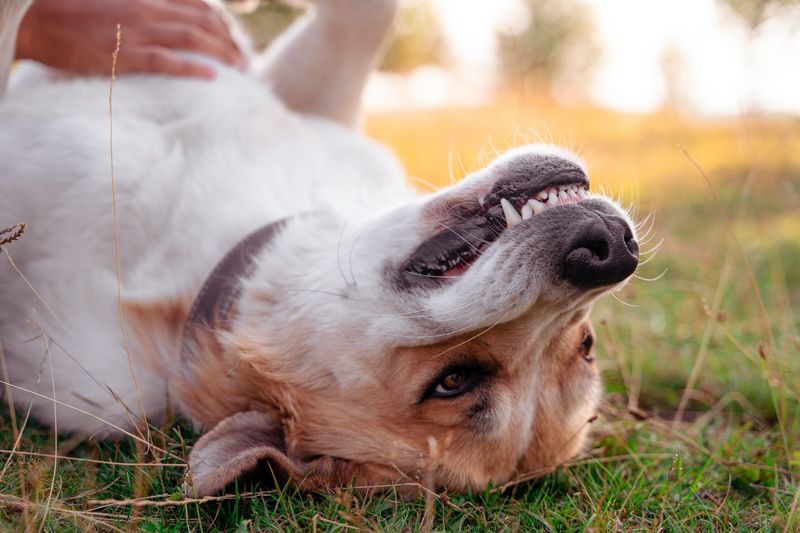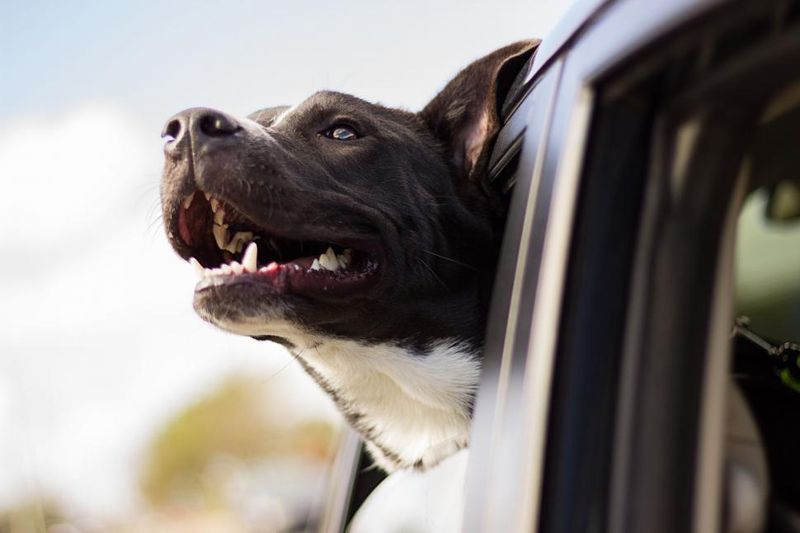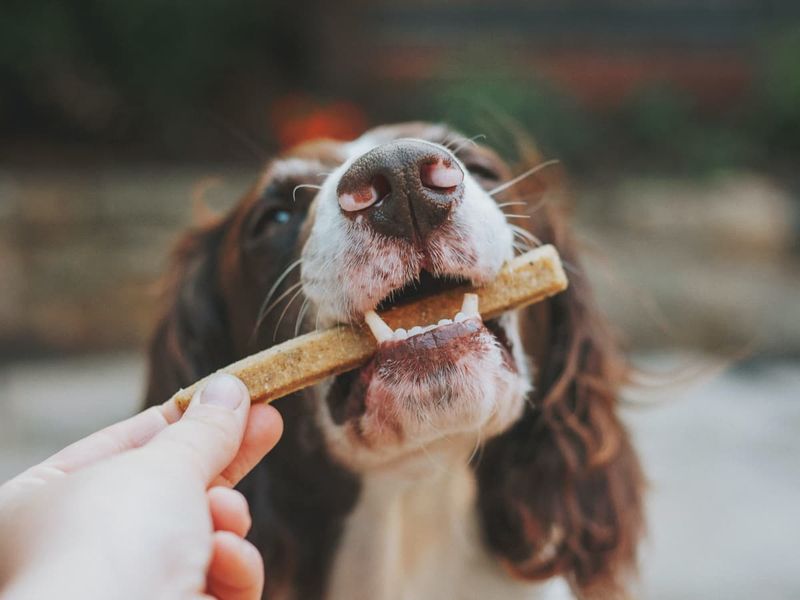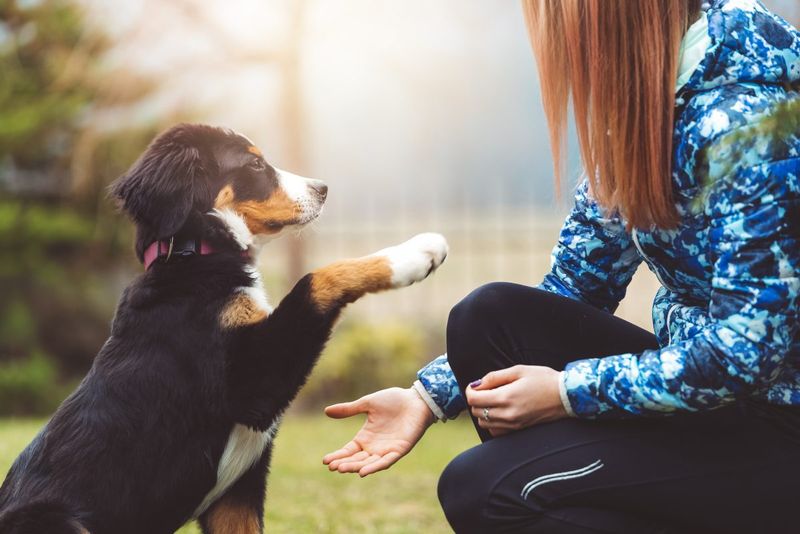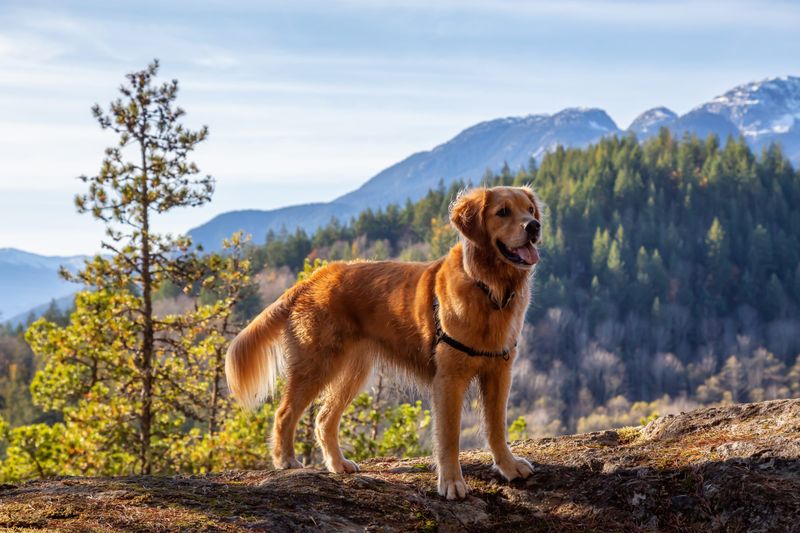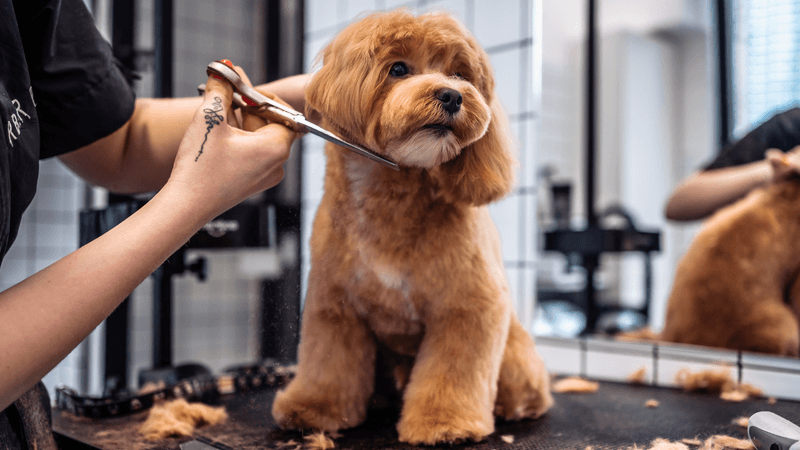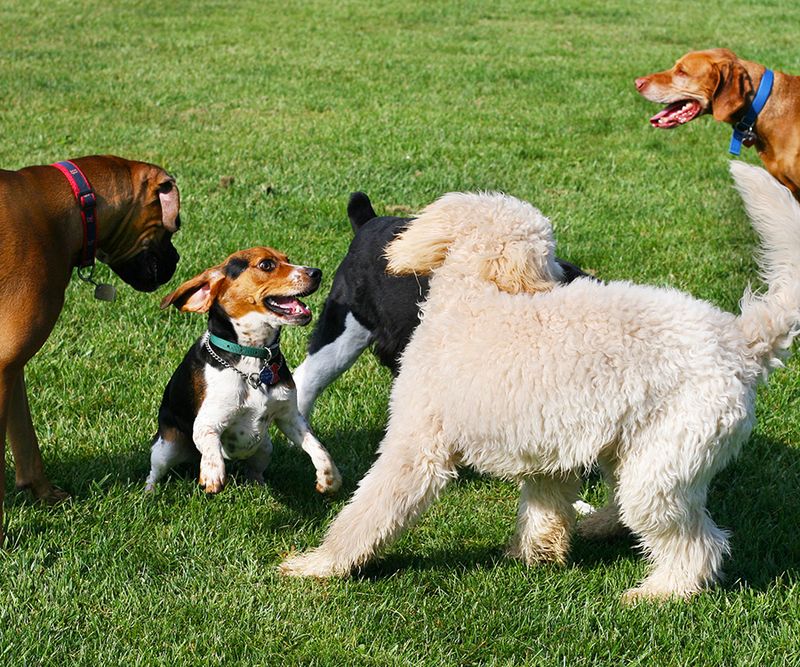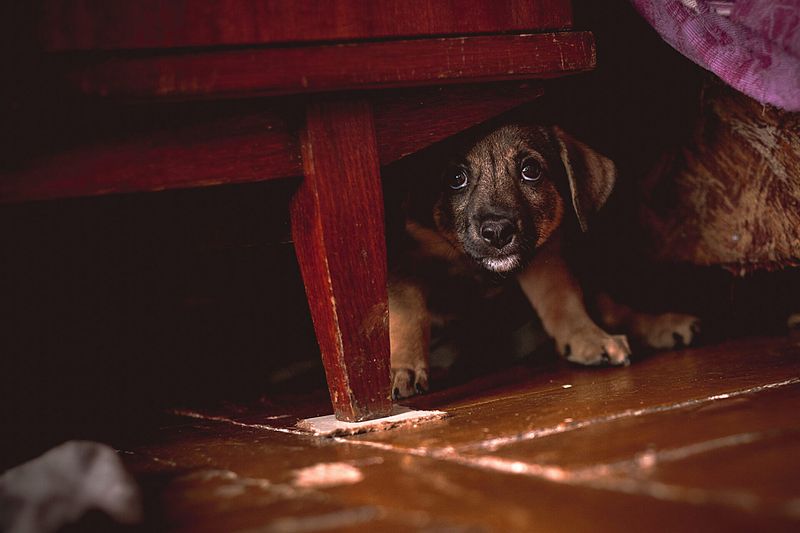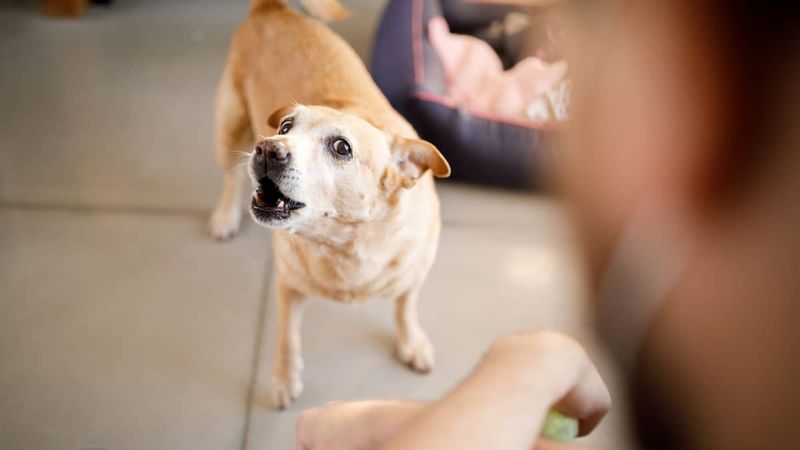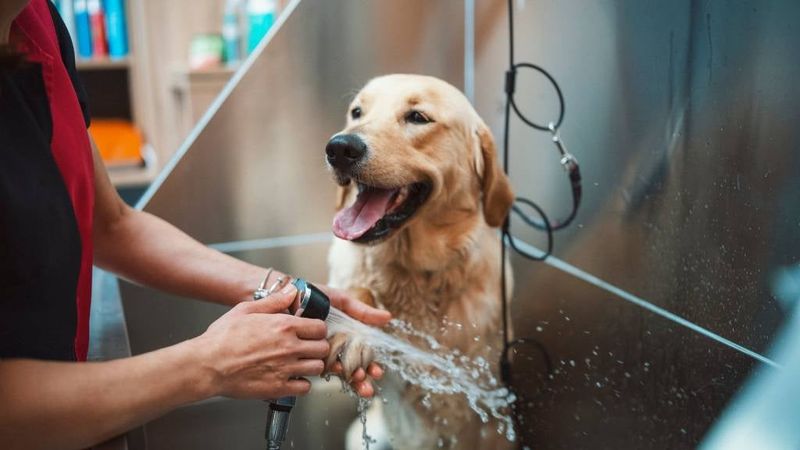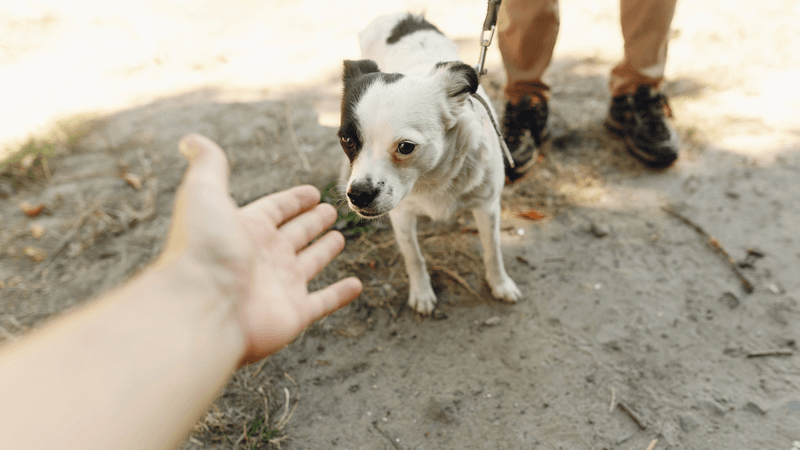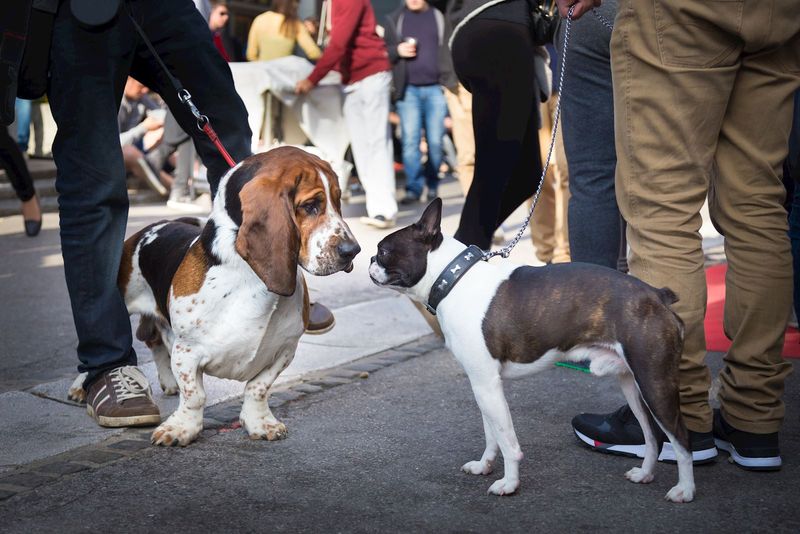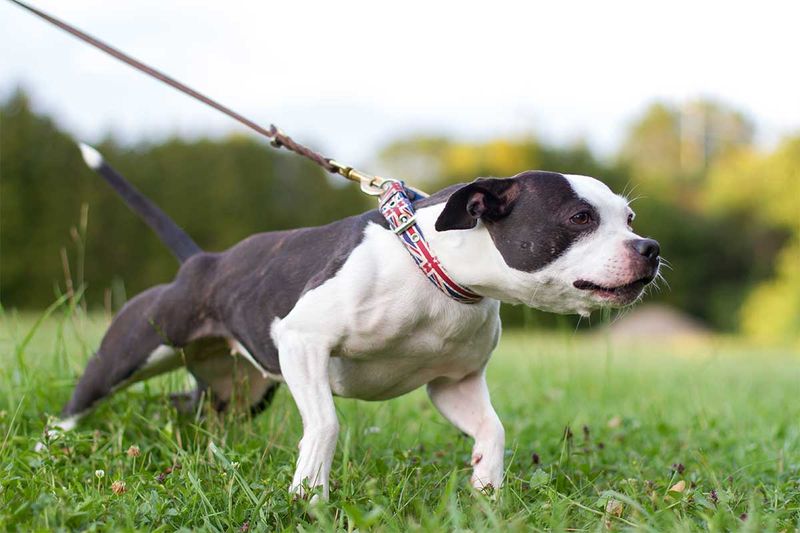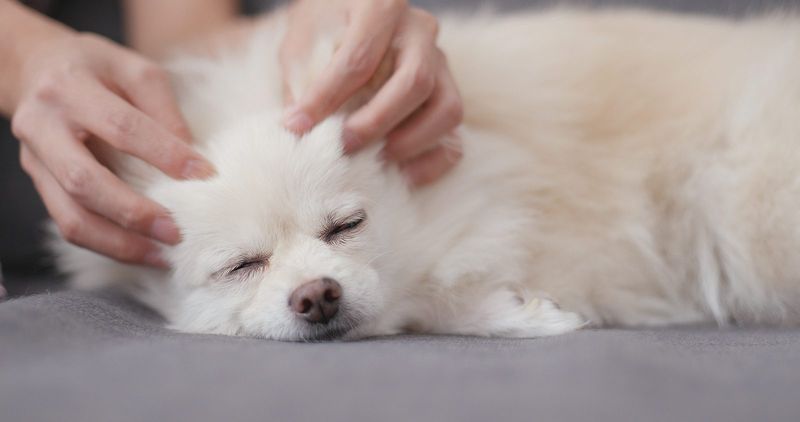Understanding what brings joy to your dog and what doesn’t is vital for a harmonious relationship. This guide explores 12 things your dog loves and 12 things they don’t. By knowing these, you can ensure a happier life for your furry friend.
Belly Rubs
Nothing makes a dog happier than a good belly rub. When your canine friend flops over and offers their belly, it’s a sign of trust and affection. Dogs particularly enjoy this bonding experience because it reminds them of puppyhood when their mother would groom and clean them.
Belly rubs can also be incredibly soothing for dogs, helping to reduce stress and anxiety. It’s a simple gesture you can offer to show your love, often leading to a wagging tail and a contented sigh. A happy dog is the best reward!
Car Rides
Many dogs experience pure joy when they get to go for a car ride. Imagine the thrill they feel with the wind blowing through their fur and the myriad of scents passing by. Car rides are adventures filled with excitement and new sights to explore.
For some dogs, the car ride signifies a trip to their favorite park or a visit to a beloved family member. The anticipation and mystery of where they might end up is a delightful part of the journey. Truly, there’s no greater joy than sharing such moments with your furry friend.
Playing Fetch
Fetch is a beloved game that many dogs can’t get enough of. It’s not just about the thrill of the chase, but also the satisfaction of retrieving the object and bringing it back to you. This game taps into a dog’s natural instincts for hunting and retrieving.
Playing fetch helps dogs burn off excess energy, keeping them physically fit and mentally stimulated. It’s a fantastic way to bond with your pet while also giving them the exercise they need. Fetch is more than just a game; it’s an expression of joy and companionship.
Cuddling on the Couch
Cuddling on the couch after a long day is a cherished ritual for many dogs. It’s a time when they can relax and feel close to their human family. This comforting activity strengthens the bond between you and your pet.
Dogs love the warmth and security of being close to you, often dozing off as they feel your heartbeat. Cozy moments like these provide emotional reassurance to your dog, making them feel loved and valued. So, next time you grab a blanket, invite your furry friend for some quality snuggle time.
Treat Time
Treat time is a highlight in any dog’s day. Whether it’s a crunchy biscuit or a chewy bone, treats are a wonderful surprise that dogs savor. They are often used as rewards for good behavior or simply as a token of love.
For dogs, treats are more than just tasty snacks; they are expressions of affection and acknowledgment. The excitement of receiving a treat is unmatched, with tails wagging and eyes widening in anticipation. Remember to choose healthy options to keep your dog’s diet balanced while treating them.
Going for Walks
Walks are not just a means of exercise; they are an essential activity for mental stimulation and happiness. Every walk is an adventure for dogs, filled with intriguing scents to investigate and the chance to encounter fellow canines.
Regular walks help your dog burn off energy and maintain a healthy weight, while also strengthening your bond. The routine of a daily walk provides structure and predictability, which dogs appreciate. It’s a special time that both you and your pet can enjoy together.
Learning New Tricks
Dogs thrive on mental challenges, and learning new tricks is an exciting way to engage their minds. Training sessions are opportunities to develop skills and improve communication between you and your pet. Beyond the simple commands, tricks like ‘shake hands’ or ‘roll over’ can be fun.
The process of learning requires focus and patience, making it a rewarding experience for both dog and owner. It’s not just about the trick itself, but the journey of discovery and the bond it creates. Keep sessions short and positive for the best results.
Swimming
Swimming is a fantastic activity for dogs, especially those breeds that love water. It’s a full-body workout that’s easy on the joints and perfect for dogs with arthritis or mobility issues. In the water, dogs can express their playful nature and cool off on hot days.
Many dogs take to water instinctively and enjoy the freedom it provides. Whether at a lake, a pool, or the beach, swimming offers endless fun and exercise. Always supervise your dog in water and ensure they are comfortable and safe.
Exploring New Places
For dogs, new environments are a sensory delight. Exploring new places offers a chance to experience different scents, sights, and sounds. It’s an opportunity for mental stimulation and exercise, satisfying their innate curiosity.
Whether it’s a hike in the woods or a stroll in a new neighborhood, these adventures provide enrichment and excitement. Dogs love the thrill of discovering unfamiliar terrains and the freedom to roam. It’s a joyous way to break the monotony and keep your pet happy and healthy.
Being Groomed
Grooming is more than just a necessity for many dogs; it’s a time of relaxation and bonding. Regular brushing helps maintain a healthy coat and skin, and it can be a soothing experience for dogs.
This routine not only ensures your pet looks their best, but it also strengthens your connection with them. Dogs often enjoy the gentle attention and care they receive during grooming sessions. Plus, it’s an excellent opportunity to check for any health issues, like ticks or skin irritations.
Sleeping in Bed
Sharing a bed with your dog can be a comforting experience for both of you. Dogs are pack animals by nature and sleeping together mimics the bonds they would have in the wild. It provides a sense of security and warmth.
Many dogs love the closeness and reassurance that comes from being near their human at night. The rhythmic sound of your breathing can be calming for your pet. Ensure your dog has enough room to stretch out and sleep comfortably without disturbing your rest.
Dog Parks
Dog parks are havens for canine socialization and fun. Dogs thrive on interactions with other dogs, and parks provide a safe space for them to play freely. It’s an opportunity to make new friends and engage in playful activities.
For many dogs, the park is an exciting adventure where they can run off-leash and enjoy the company of their peers. It’s also a great way for you to meet other dog owners and share experiences. Remember to follow park rules and keep an eye on your pet for a safe experience.
Being Left Alone
Dogs are social creatures and being left alone for long periods can lead to feelings of loneliness and anxiety. They thrive on companionship and the absence of their human family can be distressing.
Separation anxiety is a common issue in dogs, causing them to act out through destructive behavior or excessive barking. Providing toys or interactive games can help alleviate boredom, but it’s crucial to gradually train your dog to be comfortable alone. Regular breaks and reassurance of your return can help mitigate their stress.
Loud Noises
Loud noises like thunderstorms or fireworks can be terrifying for dogs. Their acute hearing makes such sounds overwhelming and often leads to fear and anxiety. During these events, dogs might tremble, hide, or act out.
Creating a safe, quiet space in your home can help your dog feel more secure. Comforting your pet and staying calm during loud noises can also provide reassurance. Specially designed calming products or consulting with a vet for additional support can make a difference.
Unfamiliar Guests
New visitors can be unsettling for dogs, who may perceive them as a threat to their territory or routine. Dogs rely on familiar surroundings and people, and strangers can disrupt this sense of security.
Your dog might react by barking, hiding, or displaying signs of anxiety. Introduce new guests slowly and provide positive reinforcement to help your dog adjust. Allow them to approach in their own time and ensure they have a quiet space to retreat if needed.
Bath Time
Many dogs dislike baths due to the unfamiliar sensation of water and soap. It’s a routine that can be stressful, especially if they’ve had negative experiences in the past. A slippery surface and water in the ears can add to their discomfort.
To make bath time more enjoyable, use gentle, dog-friendly shampoos and ensure the water is a comfortable temperature. Positive reinforcement and treats during the process can also help your dog associate baths with positive experiences.
Being Dressed Up
While some dogs tolerate costumes or accessories, others find them restrictive and uncomfortable. Dressing up can interfere with their natural behaviors and make them feel uneasy.
If you choose to dress your dog for an occasion, ensure the outfit is comfortable and allows for easy movement. Avoid tight or heavy clothing and monitor your pet’s reaction. It’s important to prioritize their comfort over aesthetics, ensuring they are happy and stress-free in whatever they wear.
Strangers Approaching Quickly
For dogs, quickly approaching strangers can be alarming. They may interpret this behavior as a threat, prompting them to react defensively. Dogs communicate and gauge their surroundings through body language.
It’s important for strangers to approach slowly and allow the dog to initiate contact if they’re comfortable. Teaching your dog to remain calm in these situations with positive reinforcement can also help. Ensuring your pet feels secure and understood is key to their sense of well-being.
Lack of Routine
Dogs thrive on routine and predictability. A lack of consistent schedule can lead to confusion and stress. Routine provides structure, helping dogs understand what to expect from their day.
Regular feeding, walking, and playtime create a balanced life for your pet. Sudden changes or irregular patterns can cause anxiety. Maintaining consistency with meals and activities reassures your dog and keeps them happy and healthy.
Crowded Places
Crowded places can be overwhelming for dogs, with too many unfamiliar faces and noises. Such environments may cause stress and anxiety, leading to unease and restlessness.
To help your dog, try to avoid overly crowded areas or gradually expose them to busier environments to build their confidence. Keep them close, offer reassurance, and make sure they have a way to retreat and feel safe if needed.
Tugging on the Leash
Tugging on the leash can be uncomfortable and frustrating for dogs. It restricts their natural movement and can create tension during walks. This behavior often leads to resistance or pulling back in return.
Using a harness instead of a collar can help distribute pressure more evenly and make walks more enjoyable. Training your dog to walk calmly beside you with positive reinforcement can also prevent leash tension. Patience and consistency are key to improving leash manners.
Unwanted Hugging
While hugging is a natural way for humans to show affection, dogs often don’t appreciate it. To them, hugging can feel restrictive and uncomfortable, as it limits their ability to move freely.
Dogs prefer more subtle forms of affection, like gentle petting or being close without restraint. Always watch for signs of discomfort, such as turning away or showing the whites of their eyes, and respect their space. Ensuring your dog feels safe and respected fosters a stronger bond.
Inconsistent Commands
Inconsistent commands can confuse dogs, leading to frustration and misbehavior. Clear and consistent communication is crucial for effective training and a harmonious relationship.
Using the same words and gestures for commands helps your dog understand expectations. Consistency reinforces learning and improves their confidence. Ensure everyone in the household uses the same commands to avoid mixed messages, fostering a well-behaved and happy pet.
Gentle Massages
Ever noticed how your dog melts under your gentle touch? Many dogs adore a soothing massage, especially after a long day of play. It helps their muscles relax and creates an intimate bonding moment between you two.
Begin with gentle strokes along their back, and let your hands guide you. Watch as their eyes droop and their body unwinds. It’s not just physical comfort; it’s an emotional connection.
Did you know? Regular massages can boost your dog’s circulation and immune system. It’s a subtle way to say “I love you” without words.

